France
Paris
Welcome to
The CBA 12X6 project was born with the idea of offering a space for young talents linked to the world of visual arts. Every 6 months the artists will alternate, proposing a theme and a unique point of view expressed in their own style and language.
The story is told through a series of 12 works displayed in our workspace and promoted through our communication channels.
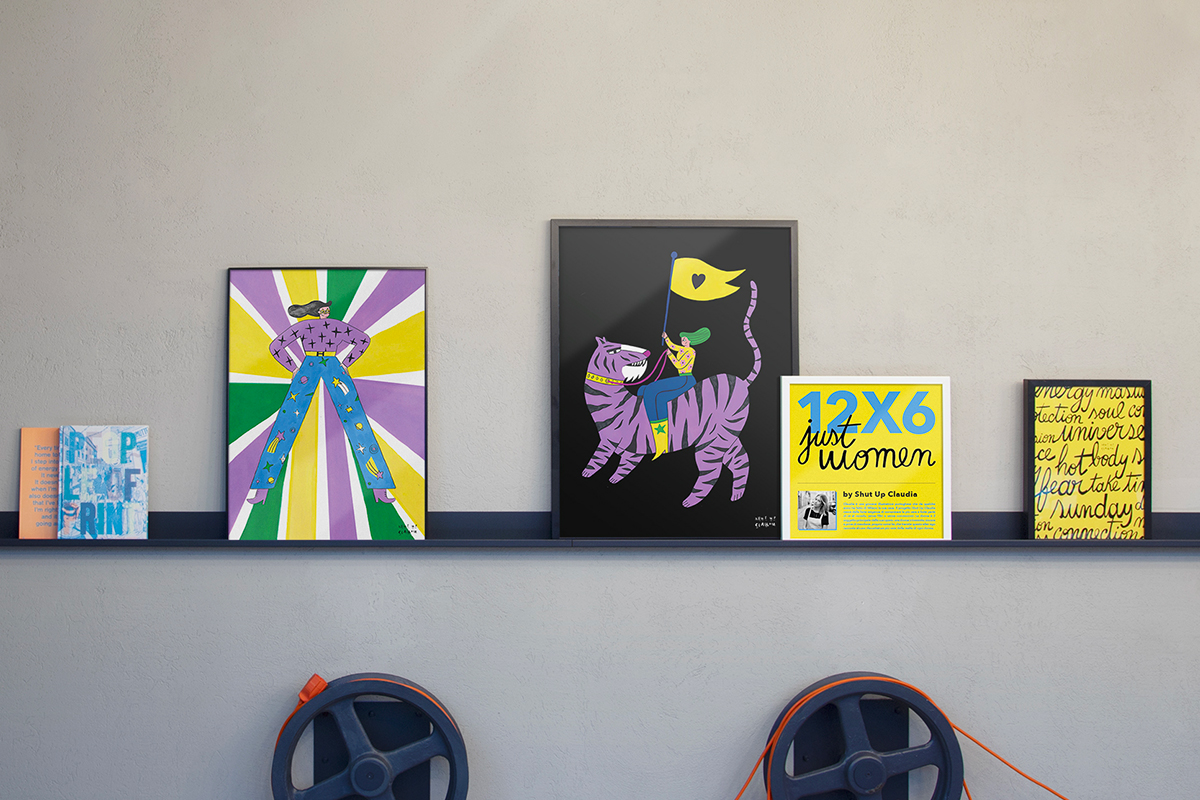
This initiative takes off with “Just Women”, a series of 12 prints by the artist Shut Up Claudia, created to portray some of the most intimate and special moments that only a woman can fully understand and appreciate.
Shut Up Claudia is a Portuguese Illustrator who has made Milan her new home for the last few years. Her visual narratives are born from the need to communicate to the world the purest and truthful part of herself, without filters or restrictions.
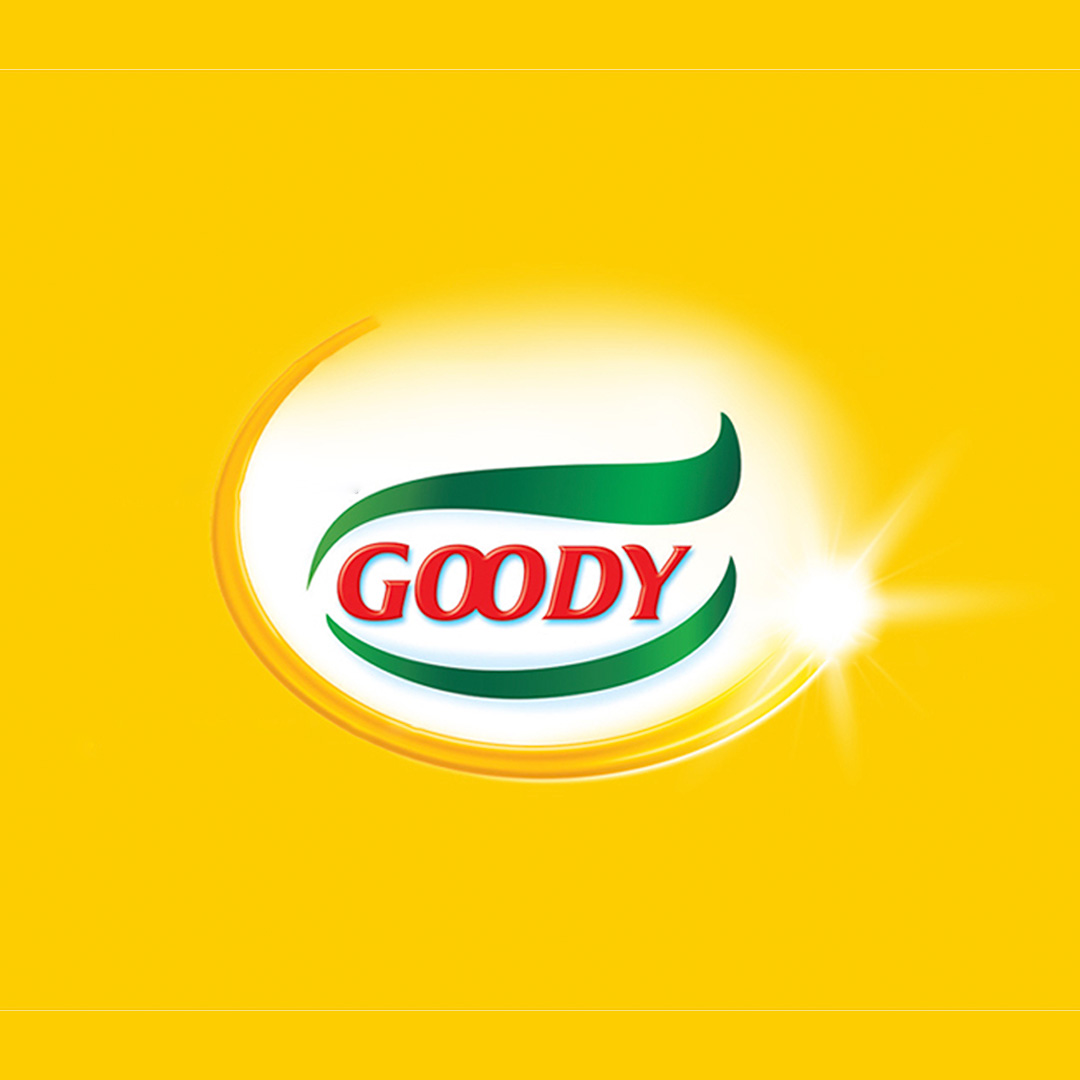
In her work, women are the protagonists, they are irreverent, sincere, intimate, and proud, without masks, like Claudia, who through her alter ego tells the truest facets of the reality of every woman.
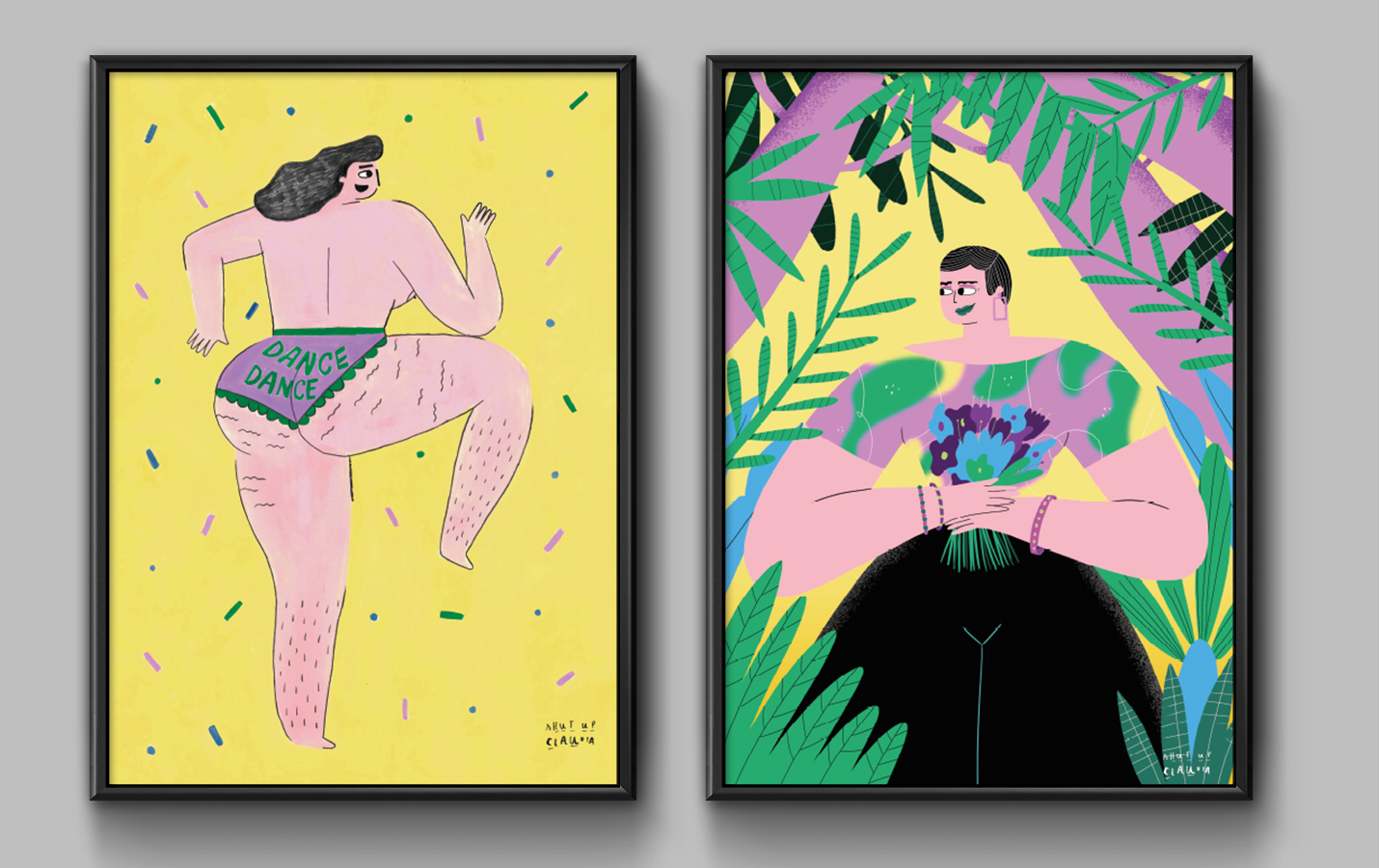
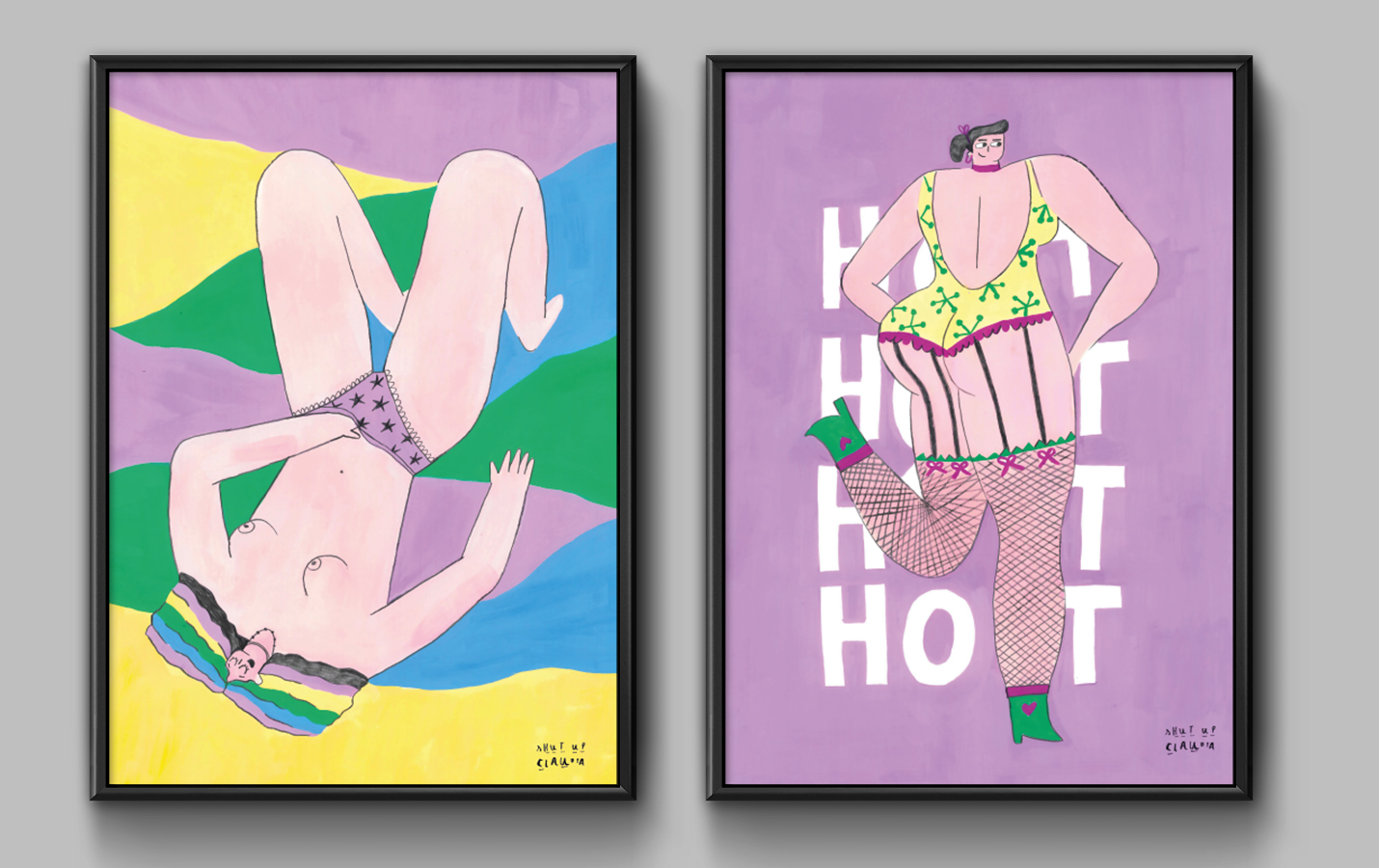
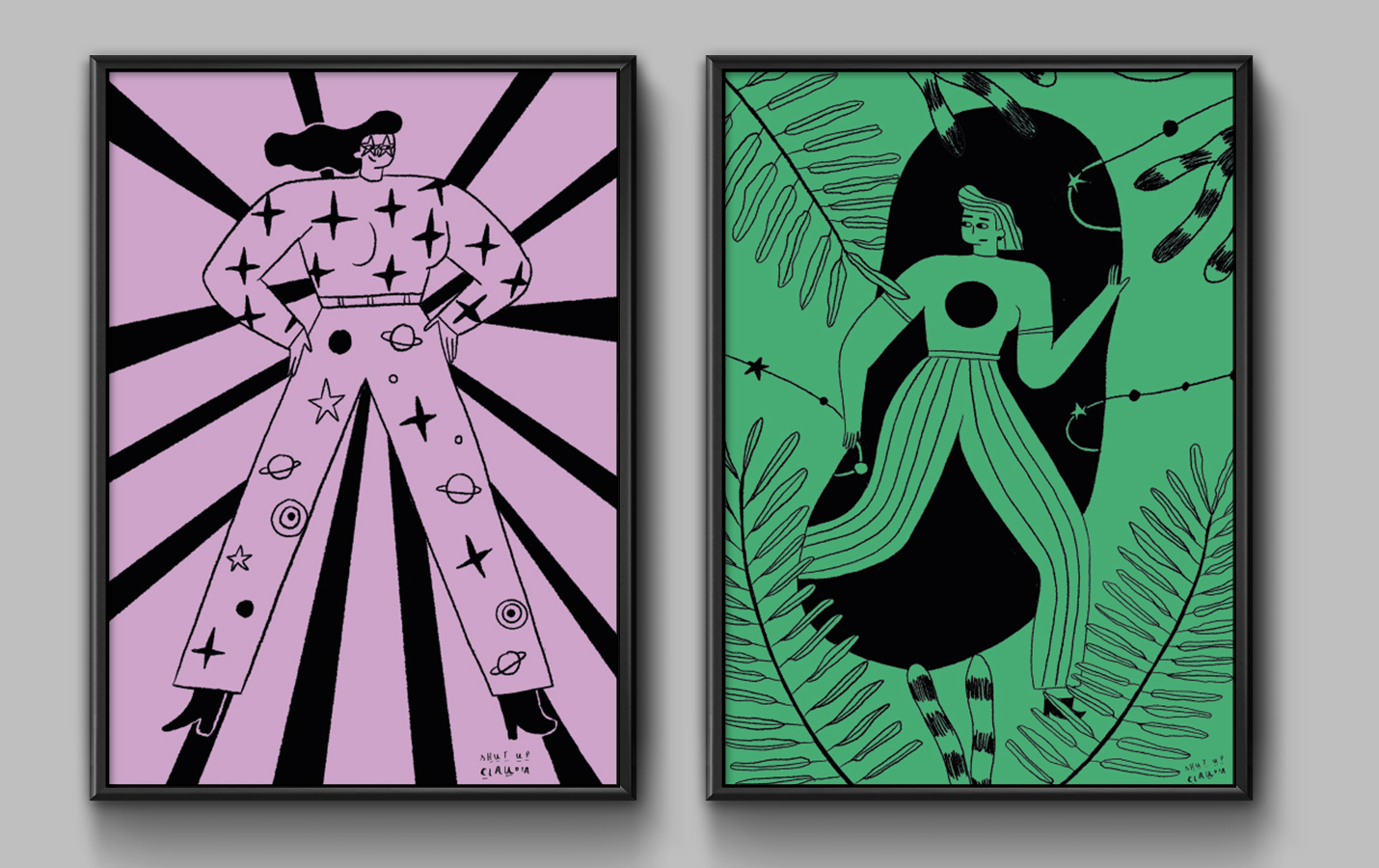
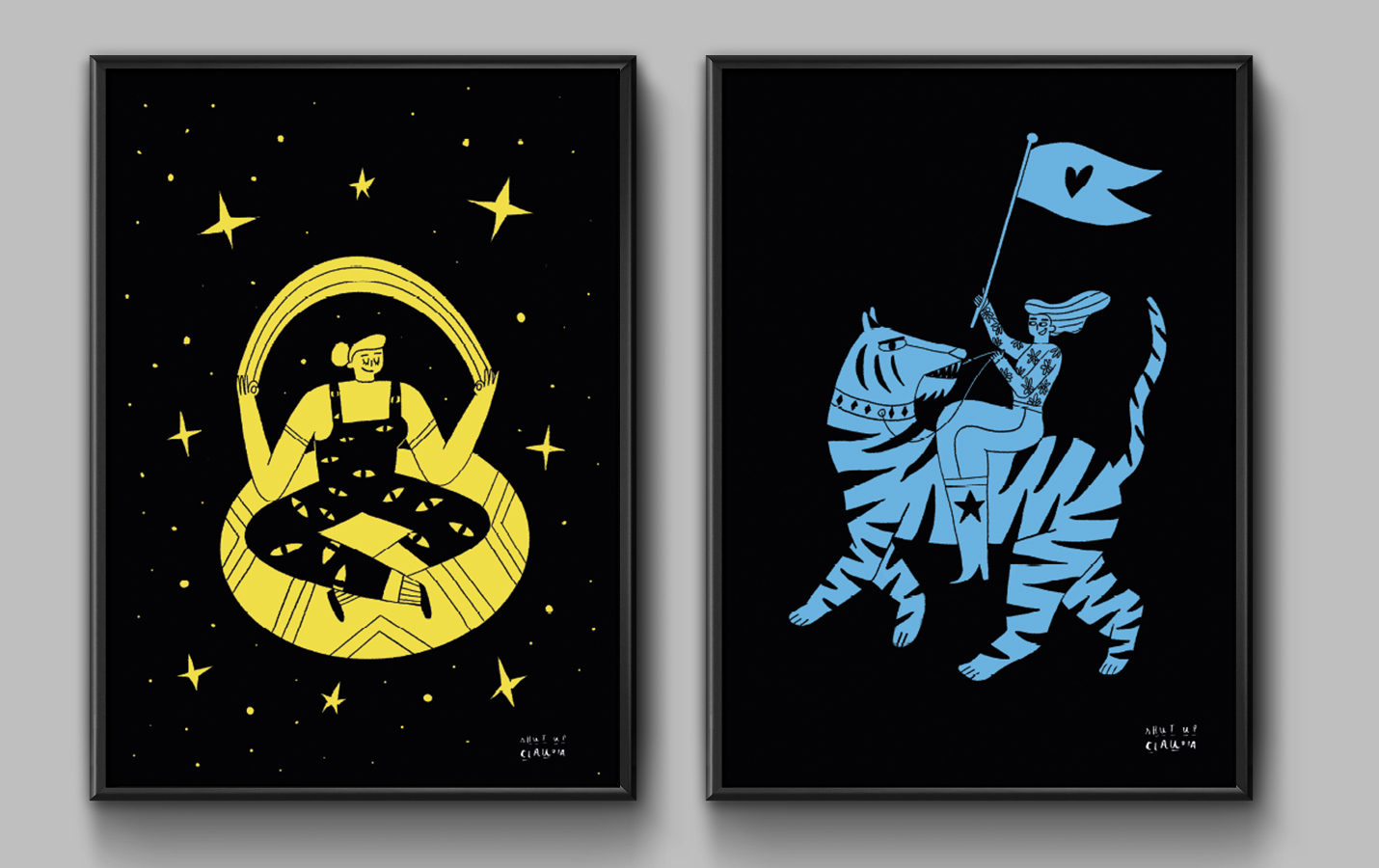
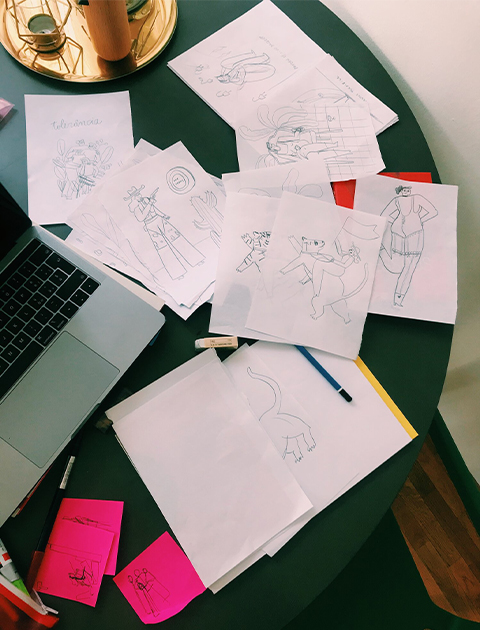
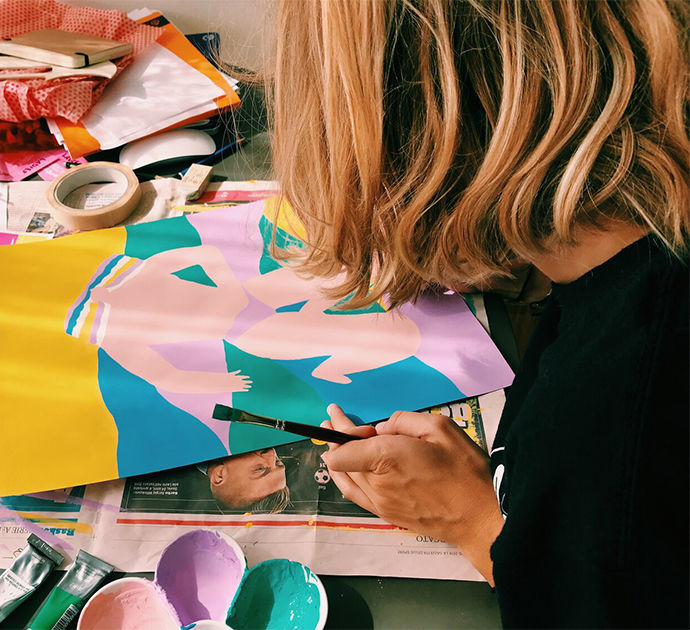
To learn more about Shut Up Claudia’s work you can visit her website shutupclaudia.com
Language, as Martin Heidegger said, is the house of being, and in its home human beings dwell. To paraphrase, we can say that the brands also dwell there.
The words chosen to describe a company or an organization, a product or a service are, in fact, fundamental not only to create a connection with customers or users, but also to shape the semantic universe in which the brand lives every day.
But what words are we talking about?
One of the main elements of a brand’s story, the most evident immediately after the name itself, is the tagline. A short and eloquent phrase, which sums up its positioning.
Sometimes it is placed visually under the brand name, and other times next to it. But it may also not appear at all, especially when it is particularly memorable.
The importance of the tagline
The goal of the tagline is to help the brand be remembered by its audiences, enhancing its personality and differentiating it from its competitors.
Just think of Nokia’s Connecting people: two words capable of opening up a plethora of meanings in anyone’s mind, in a historical period without smartphones and widespread Wi-Fi, where those who did not have a Nokia mobile phone (a real status symbol) were practically cut out.
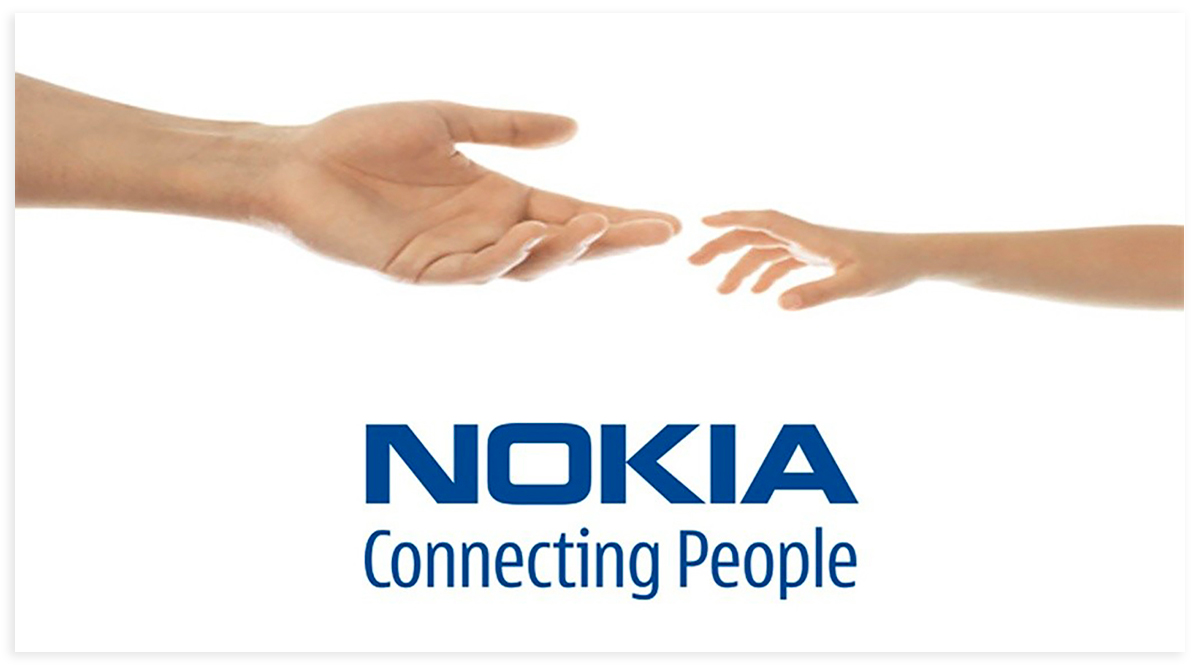
The famous Nokia tagline, accompanied by an equally eloquent key visual
A brand, starting from its tagline, must therefore communicate with people, allowing them to orient themselves through all digital and physical touchpoints, without interruption.
The messages that arrive outside must be fragments of a larger story, easily recognizable as internal to the semantic universe of the brand, and at the same time with references to the world out there. A story in which audiences identify themselves as actors themselves.
The cost of the pay-off
At CBA we have the habit of putting concepts and expressions on paper, because we believe that having a taxonomy of the tools at our disposal is the best way to use them correctly.
That’s why we distinguish the tagline from the pay-off.
It’s true: these are words that hardly have a univocal denotation, above all because – with the constant evolution of advertising – they have lost the direct and universal connection with the objects they identified. But we do branding, so we borrow advertising terms to shape them to the needs of our projects.
So we were talking about the pay-off. At CBA we conceive the latter as a short sentence that explains the concept of one or more communication campaigns. If effective, the pay-off can become a brand asset over time and develop enormous awareness. But it does not intrinsically describe the brand’s offer.
Compared to the tagline it is more expensive to maintain, and in fact it often justifies itself with millions of investments over decades.
Some examples?
McDonald’s famous I’m lovin’ it, or Apple’s Think Different, both created to accompany communication campaigns and then consolidated over the years.
The former was even supported – at the time of its launch in 2003 – by the recording of a music single by Justin Timberlake. The second was born in 1997 to accompany the advertising campaign for the market launch of the iMac. The rest is recent history.
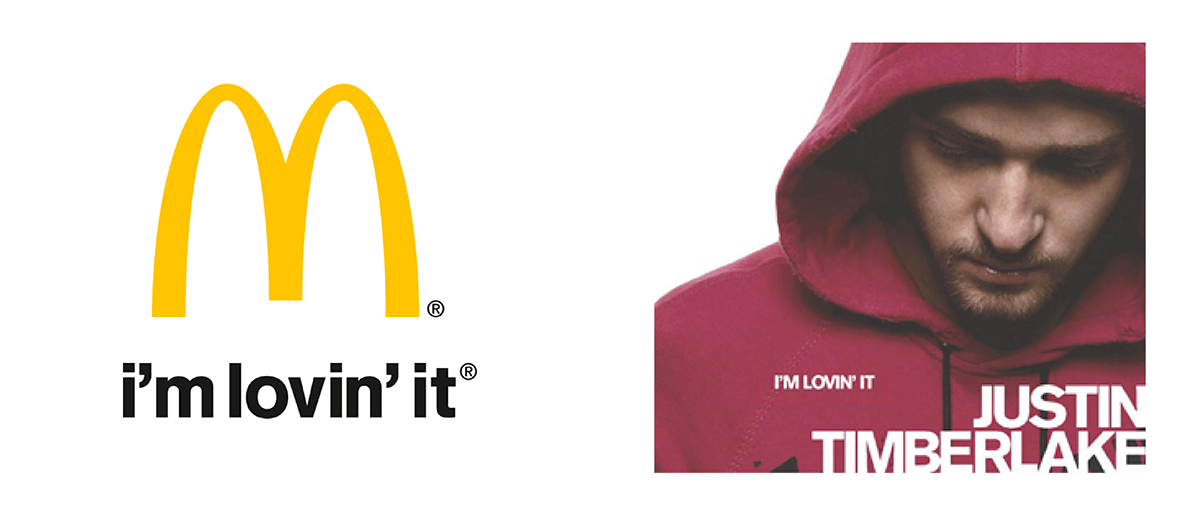
McDonald’s I’m lovin’ it tagline supported by the Justin Timberlake single
Instead, let’s talk about claims about phrases that are exclusively linked to an advertising campaign.
The claim can promote a specific product or product line, but it is structurally temporary, and does not survive to consolidate itself in the brand’s DNA. Returning to McDonald’s, he brought up an outdoor campaign carried out in 2019 in Austria: playing with the sound of the word mampfen (“eat”, “bite” in German), hamburgers containing typically Italian ingredients were advertised with a claim that sounded like sandwiches for real mobsters. As you can imagine, it was short-lived.
Let’s try to summarize what has been said so far in a hypothetical continuum.

A hypothetical continuum for the tagline, pay-off, and claim
The point of sale as an extension of the brand
The tagline, however, must not be limited to telling the brand, but must go further. It has to be within the world – even express the brand’s view of the world. It must become concrete, passing from words to deeds.
For example, through the stores.
For Bricocenter, at CBA we have designed a new store, incorporating the Vicini tagline of doing, Vicini di fare, into the reality of a Milan neighborhood.
The opening has become an opportunity for customers / users to discover a welcoming place open to all, which aims to become a reference point for the community. Where it is possible to know, get to know each other and share the culture of “doing together”.
Human and local proximity are fundamental values of the Bricocenter brand, and the Milanese store has made them concrete, as an extension of the brand into the world. The retouching of the logo and the creation of a system of hand-drawn pictograms also contributed to this.
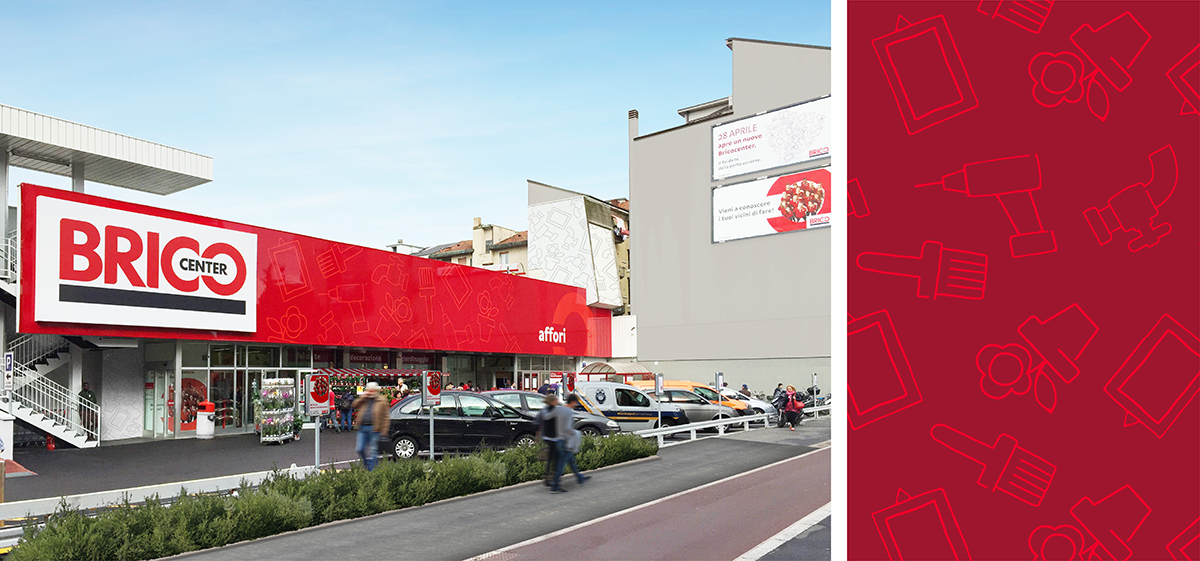
The new Bricocenter store in Milan
The value of values
Values are a fundamental asset of the essence of a brand.
Because, when they are sincere, they guide all the actions of a brand, even those related to communication. As in the case of a person.
Let’s take the case of Langosteria.
A group that includes a restaurant, a Bistrot and a Café, but which is actually much more: a contemporary approach of Italian origin for a fine dining atmosphere orchestrated to make anyone who chooses feel good. We have identified the three founding values of the brand in contemporary Italianness, rhythm and excellence. Values that go beyond the food sector, fully describing Langosteria as if it were a human being.
This made it easier for us to develop the tagline, the Italian beat for fine dining, as well as the messages and touchpoints to concretely convey this tagline to customers and potential customers.
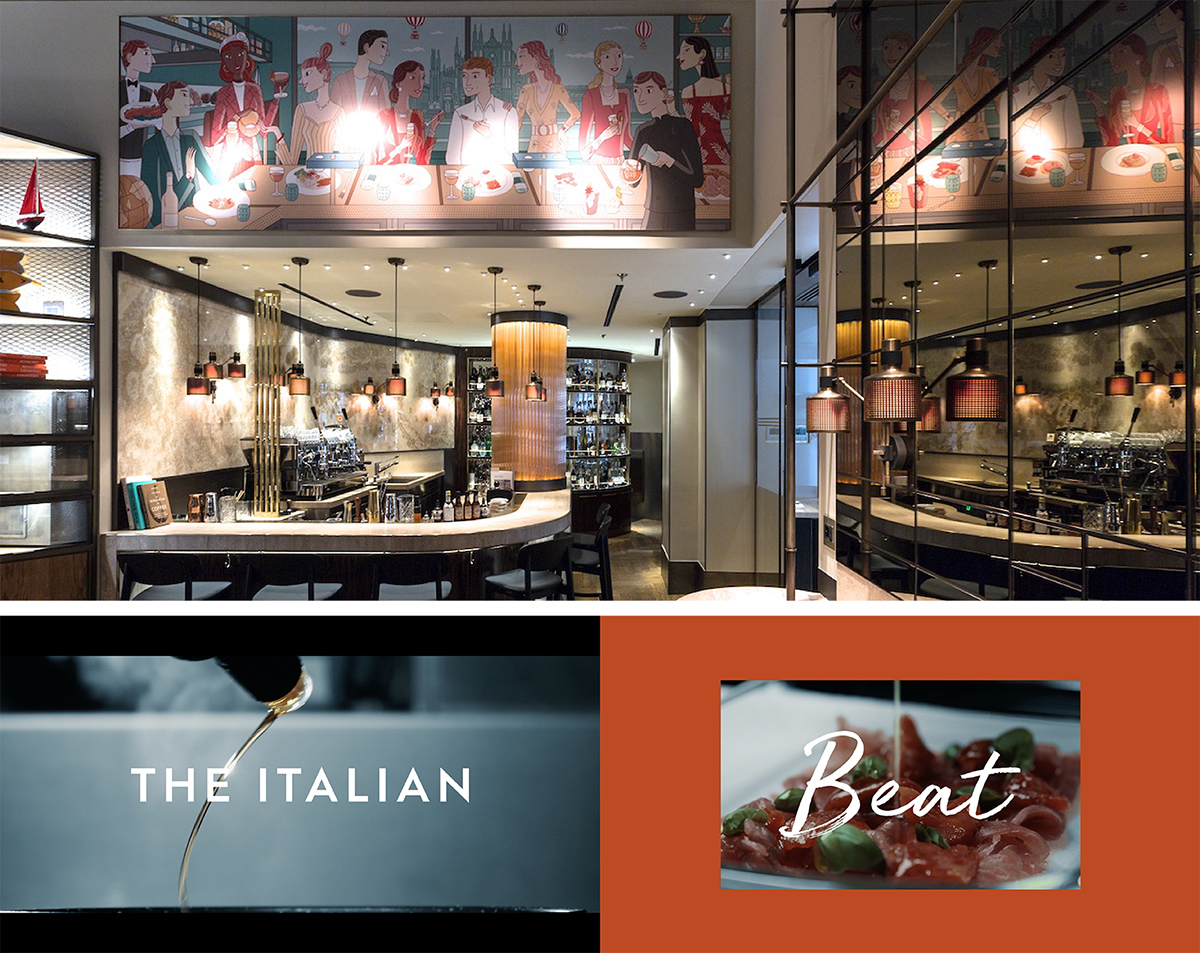
The Italian beat for fine dining
The right words
Wherever you turn, the messages of companies and organizations are ready to lead us into many semantic universes. So much so that certain names become synonyms of entire categories of products and services.
Borrowing a famous phrase from Marc Andreessen, can it be said that brands are eating the world? Probably not, since more than eating the world, they contribute to savoring it.
However, it is undeniable that a growing number of human beings, especially those born after the advent of the Internet, are accustomed to interpreting reality in an increasingly mediated way by brand communication.
It is the job of those who work behind the scenes to ensure that this mediation is constructive. Even choosing the right words, because, as some remind us, words are important.
Filippo Marano, Communication Designer at CBA
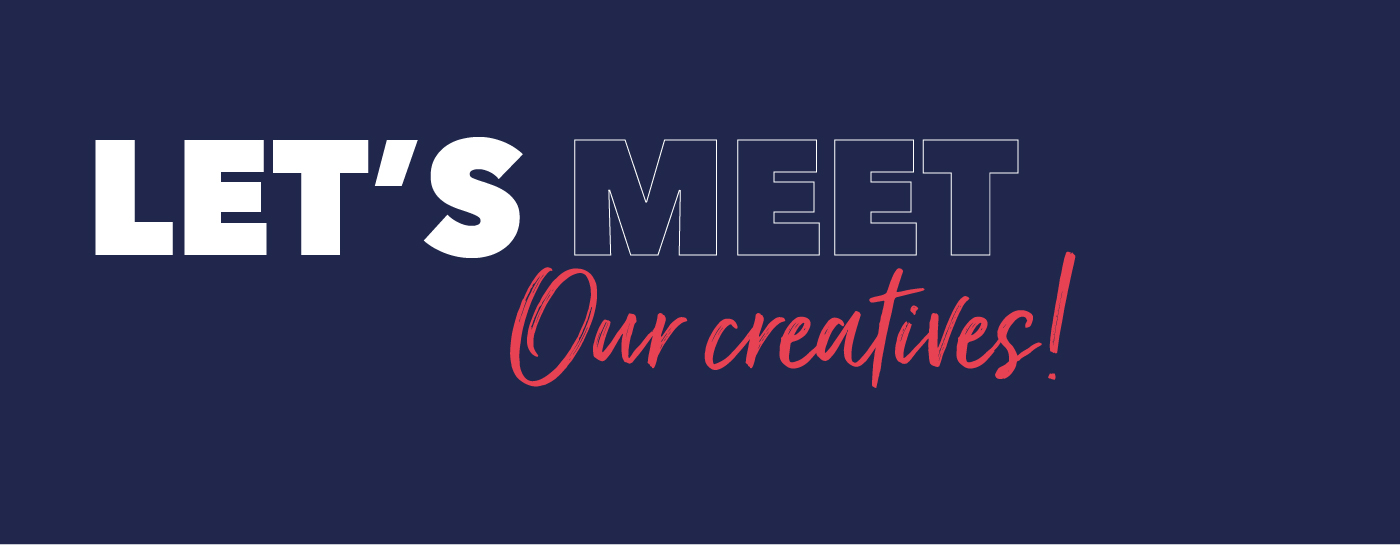
«Who speaks badly, thinks badly and lives badly. You have to find the right words: words are important! », Nanni Moretti warned in one of his unforgettable films: Palombella rossa
Interaction and transformation are the actions that guide Café+, the internal initiative of CBA B+G – a space to think about sustainability, diversity, inclusion and many other urgent matters. Last month, our guest speaker at Café+ Circularity, was Fabio Sant’Ana, Braskem’s Specialist in Market Development of Packaging for Circular Economy and Consumer Goods.
The almost two-hour chat was attended by a room full of inquiring people, who were eager to learn what the designer and entrepreneur had to share. Here are some passages:
How should design rethink the plastic in the packaging?
We are well aware that this is an urgent topic, and the market has changed a lot regarding the briefing for packaging production. In the past, progress used to be based on cost, performance and communication; today the scenario has changed; these factors are still important, of course, but other drivers, such as sustainability and convenience, have been included.
The constant consumer movements demanding the commitment of companies to sustainability has led to increasingly complex environments. In this context, which requires an enlarged look, the circular economy model gains momentum, and design plays a very important role.
Tell us a little bit more about circular economy.
The circular economy is a business model that looks at sustainability as an intrinsic part of the process of industrialization and monetization, unlike the linear economy model. In the latter, the high point is when the consumer buys the product, and the idea is to make him buy again. However, in that model, there’s a constant extraction of raw material in high volume, while the value of the product decreases dramatically after use, since after use no alternative is considered other than low-value disposal.
The circular economy model promotes reuse and alternative solutions for post-consumption, such as maintenance, remanufacturing, and recycling. If we focus on the reuse model alone, which proposes the use of products for longer, we will notice that different opportunities for new business models associated with it eventually arise. And this requires a design-oriented thinking.
What do you mean? How does the circular economy encourage new business models? In what sense is it innovative?
It is innovative in the sense that the focus shifts from the product itself, to services. For example: there are furniture brands that, being familiar with the practices of the circular economy, have developed a new service: the repurchase of used furniture (buy back service) – and doing so with an interesting and engaging narrative, proposing that old furniture gain a new life. Another example: not so long ago, it was considered top-notch for computer companies to be able to assemble their computers in two minutes. Today, their KPI is certainly moving towards offering a product that can also be DISassembled in two minutes… It is the application of the concept ‘reuse, recycle, reduce’, and this directly impacts the type of product that we, designers, have to propose and design.
In your opinion, what should be done to broaden the vision of ‘product as a service’ and engage companies in this issue?
It’s a complex path. That’s how we see it at Braskem: we have a short-term focused team dedicated to the sale of resins. Meanwhile, the market development area thinks of a medium and long-term scope, predicting and planning five years ahead, to build a future market for managers to act. So it is a construction; a long, continuous and extremely necessary transition. It is an exercise of looking to different directions and changing the way you relate to products. We need to face the issue of scarcity, and in this sense, the circular economy, as a hybrid model, presents itself as a viable path: it is more sustainable both economically – searching for solutions and models that replace use by reuse, the production of goods by the supply of services – as well as environmentally, proposing a greater balance of ecosystems.
It’s a controversial topic, even more so in petrochemicals. Thinking from our point of view, as a design office, what should be the approach with customers? Where should we focus first: on material resources, logistics, post-consumption?
There is no ready recipe, it depends on the market in which each company operates. In the food sector, for example, the attention given to packaging demands a specific approach, since it works almost like an extended concept of the health and nutrition that it involves. In the hygiene products sector, on the other hand, the issue of water consumption is crucial, so the approach can be sustainability in the industrial process.
But the entire industry, to a greater or lesser extent, is launching its commitments to sustainability, which are based on four pillars: material optimization; production of 100% recyclable, reusable or compostable packaging; use of recycled and use of renewable. Based on that, it is necessary to look at the customer’s need and understand: where are they inserted? What kind of business are they in? What is your consumer’s journey? And how to integrate it with the packaging journey, making it more circular and sustainable? While industries think about efficiency, the FMCG sector also values other attributes, such as consumer experience. The power of the brand reverberates differently depending on the universe. All of this provides the consumer with different value propositions.
Indeed, there is a great opportunity to make the most of the consumer journey. How to design a product, thinking about this journey?
Influencing the journey can be a starting point, but circular thinking is much greater. It is a responsibility of businesses and consumers. See, the world works in a linear way, that’s the challenge. Everyone has to compromise and collaborate from their position; it is more than sustainable packaging; it is a sustainable solution. The entire cycle – supply, use, reuse – requires a transition to new models of thinking and consumption. We are all looking for solutions, and it is not just about who “pays” for the changes.